Podcast: Play in new window | Download
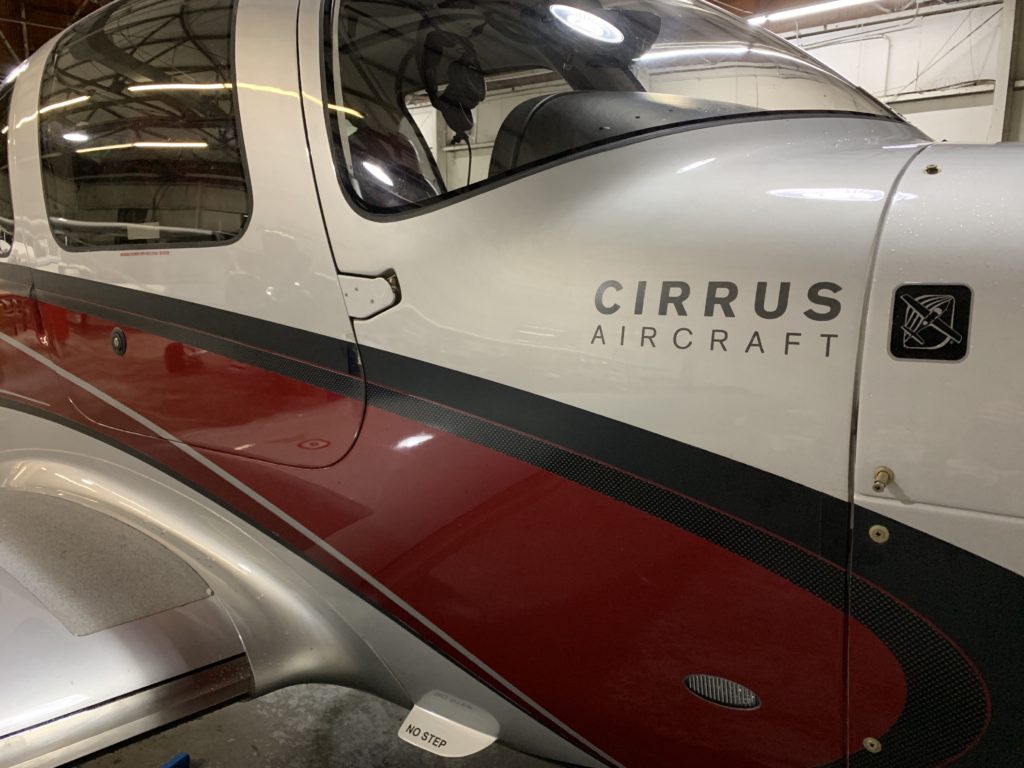
“There’s no RPM drop when I select left mag, and if I turn the ignition switch off, the engine continues to run.”
That’s what the owner of this Cirrus reported when he arrived at our airport the other day.
One of our technicians got to work to troubleshoot the problem. Here’s what he found:
- The magneto P-lead wiring checked good.
- The ignition switch checked good.
- It appeared the problem was with the magneto.
So let’s pause and ask, “Which magneto, left or right?”
Good question, because this stuff can sometimes be confusing.
When the pilot got no RPM drop when selecting left mag, it likely means the ability to ground (or turn off) the right mag has been lost. So even though we are selecting left mag, it’s the right mag that actually has the problem.
And sure enough, that’s exactly the case here… upon removing the point cover from the right mag (which also contains a capacitor with a stud for the P-lead attachment,) we determined with an ohm meter check that the capacitor in the P-lead circuit had failed in the open position, making it impossible to ground (or turn off) the right magneto.
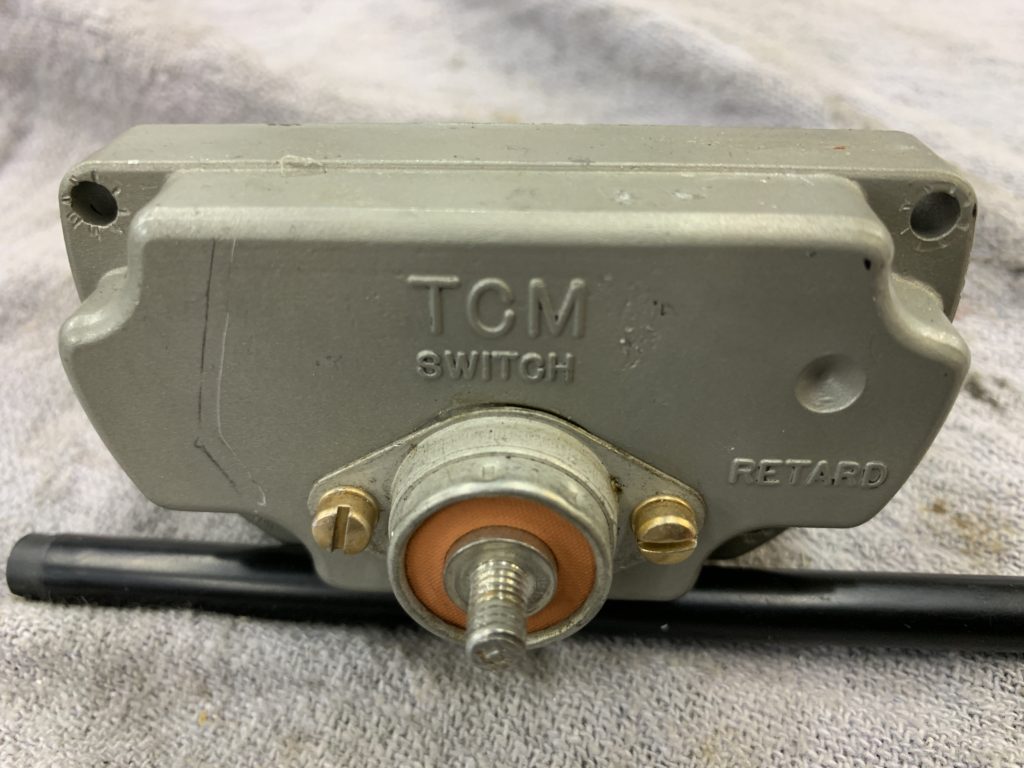
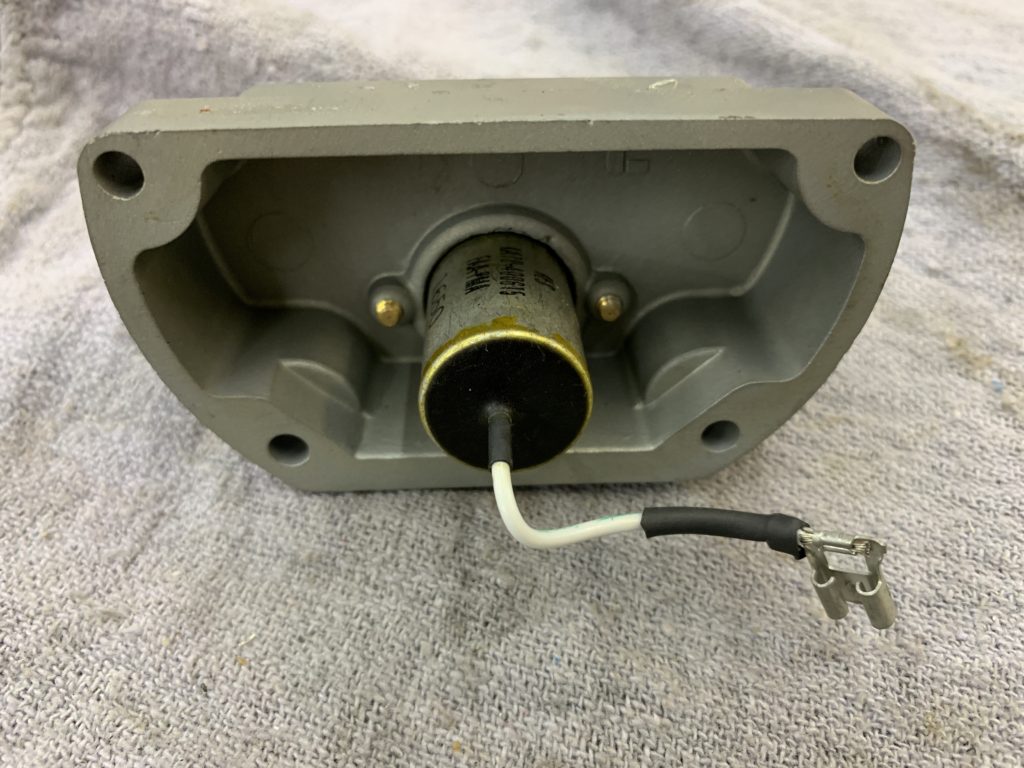
The point cover along with the capacitor, mounts to the magneto as seen on the left side of the following picture:
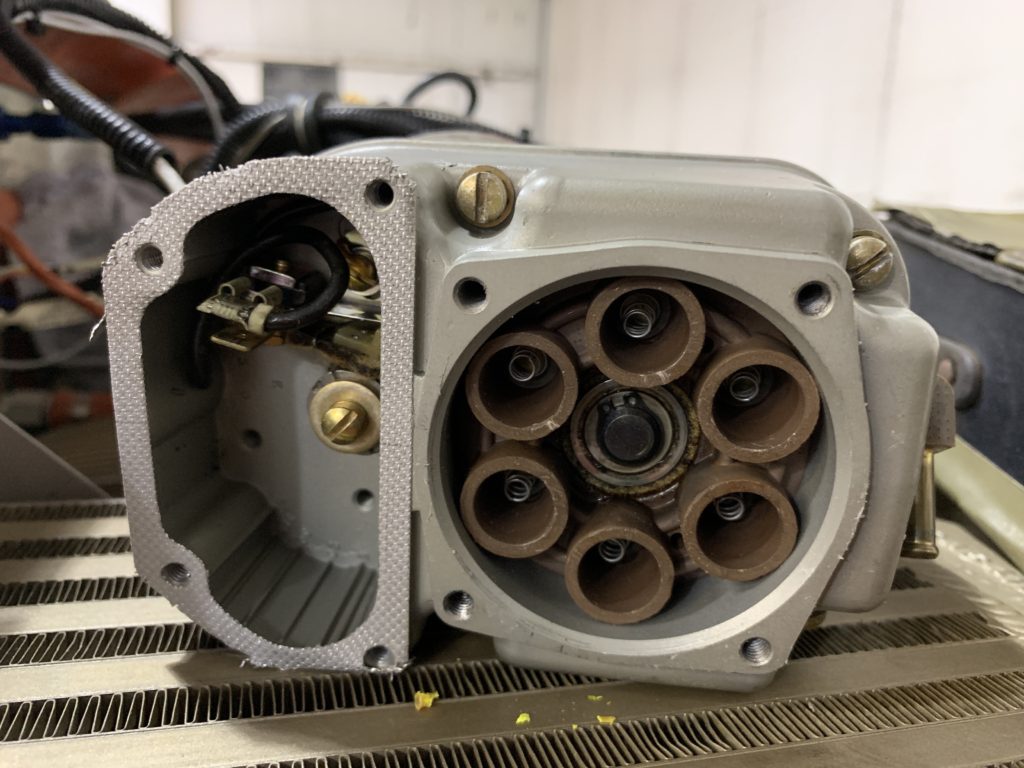
The new capacitor has been ordered and the Cirrus should be flying again real soon. You can hear the full story in today’s podcast episode.
The other P-lead story in this episode is from an A36 Bonanza I’m inspecting. This is a very different situation… this one had some chafing P-leads in the engine compartment that were a problem-in-the-making. Take a look:
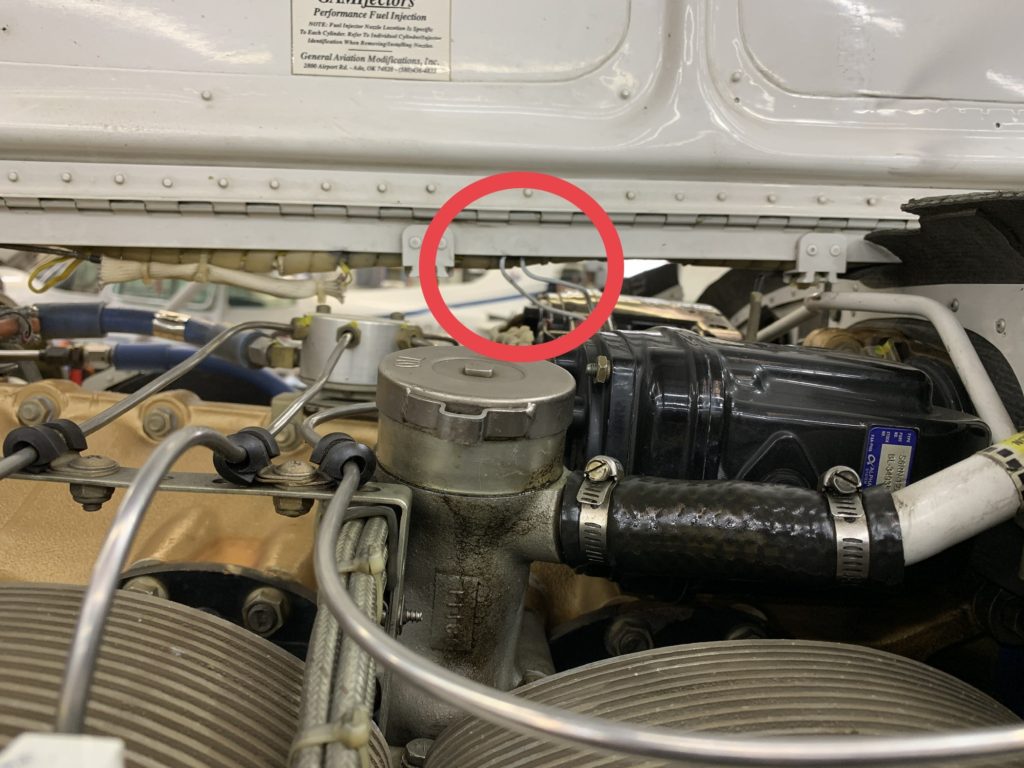
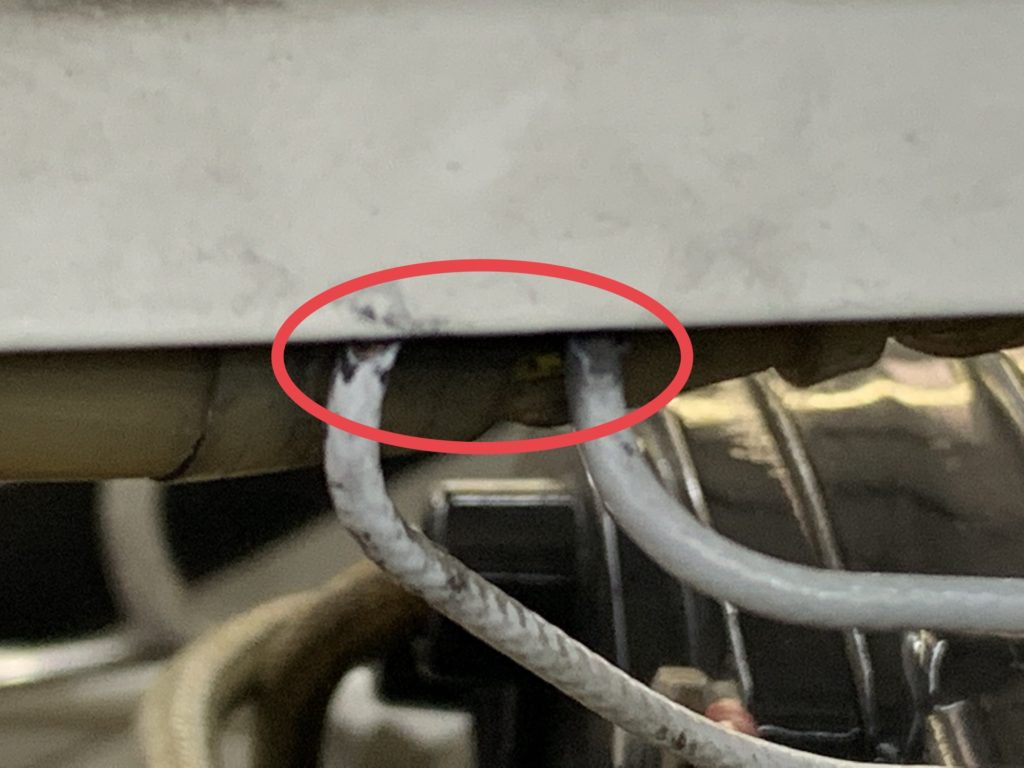
After pulling the wires down a bit, the worn areas became really obvious:
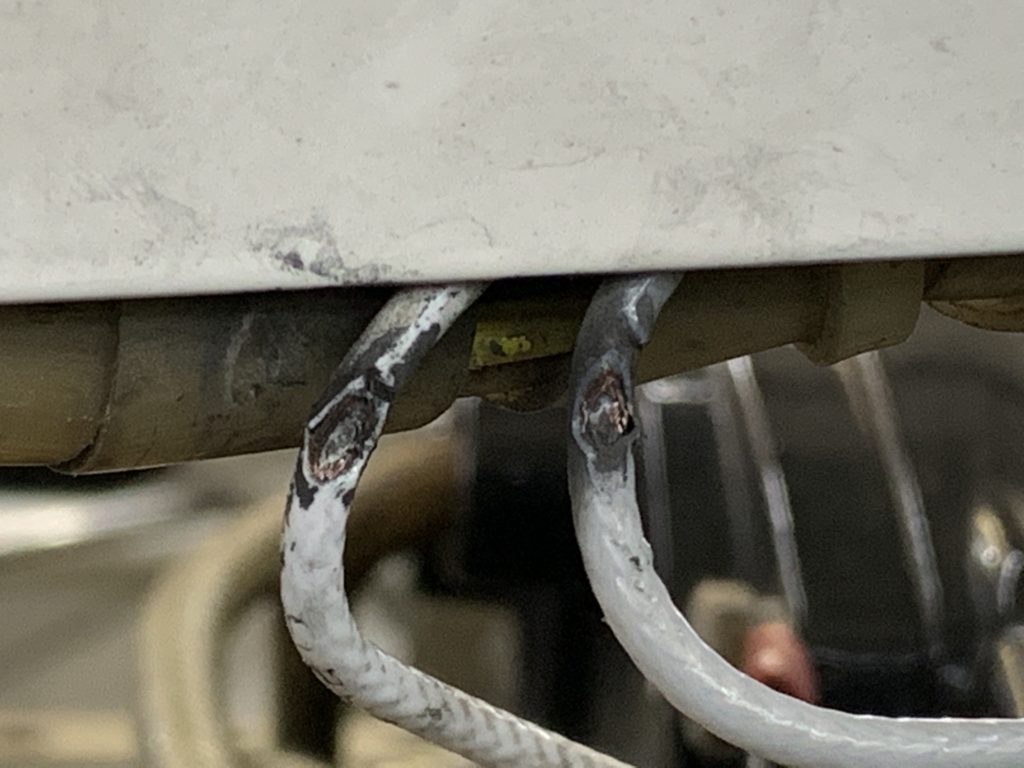
These wires have 4 layers:
- An inside center wire (the actual P-lead.)
- A layer of insulation on the center wire.
- A layer of braided shielding to prevent radio noise.
- An outside layer of insulation.
Thankfully, the inside wires (P-leads) were still protected… if those inside wires had shorted to ground, the magnetos could have failed to operate. If the P-leads are shorted to ground by touching the airframe, it’s the same effect as turning the ignition switch off.
Here’s one last picture of the P-leads with some context of how they are attached to the magnetos:
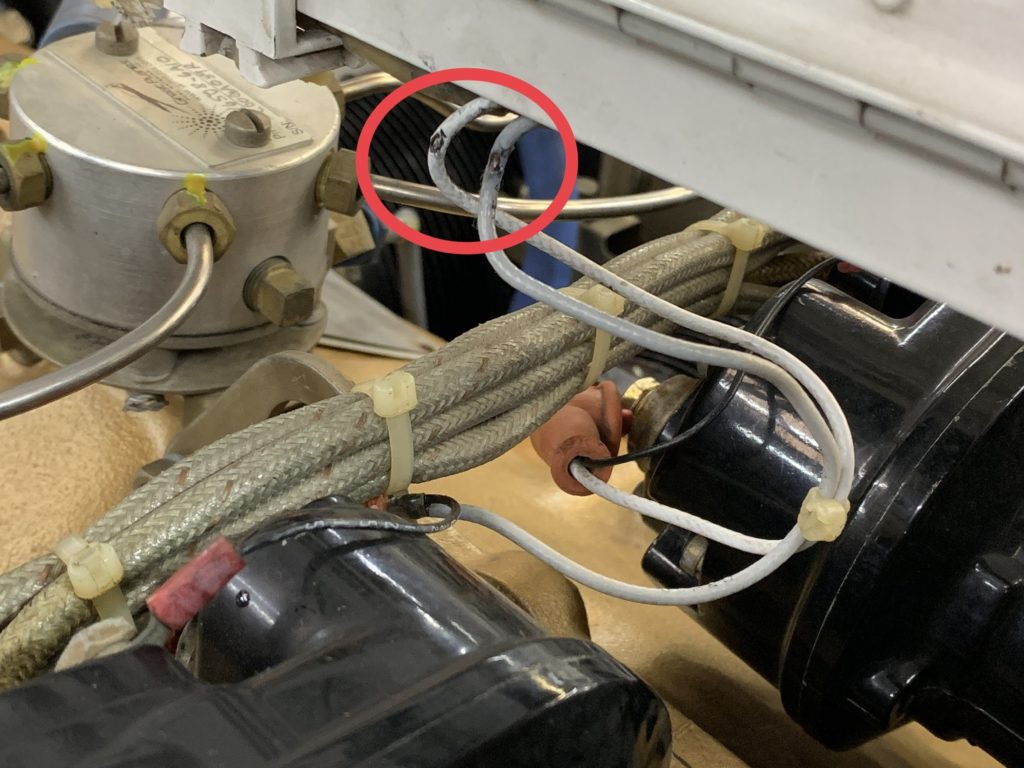
So… any time you’re working in the engine compartment, whether for an oil change, or anything else, it’s a good idea to look around for any signs of chafing… sometimes you might be able to avoid a future in-flight problem by catching the issue early.
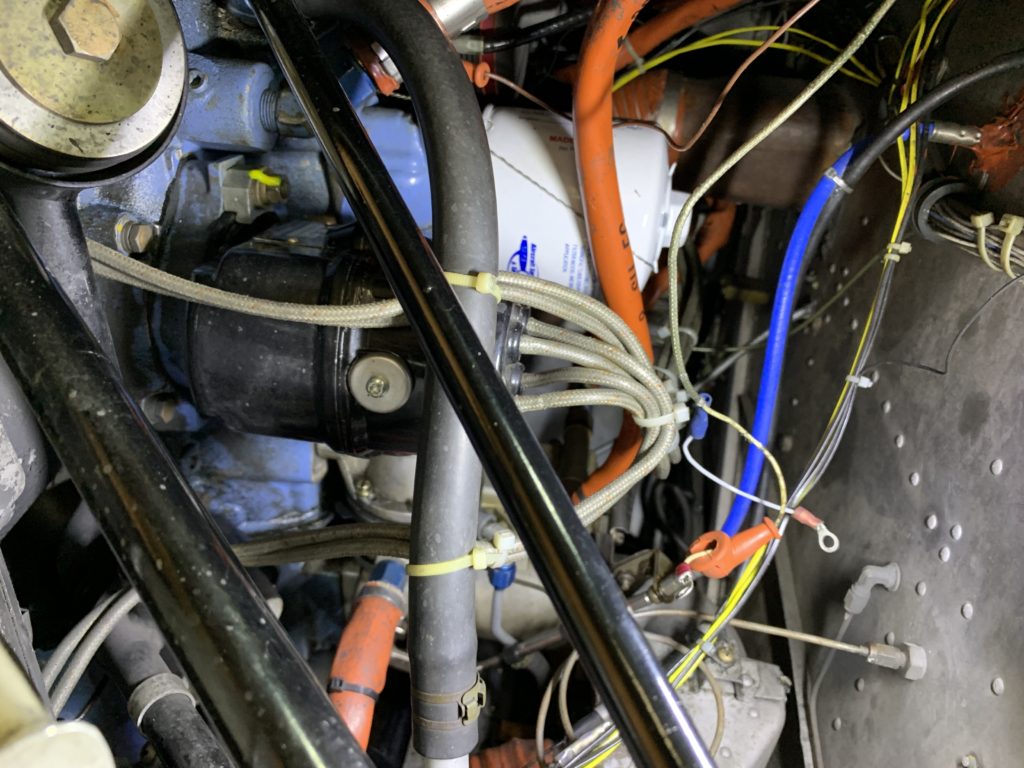
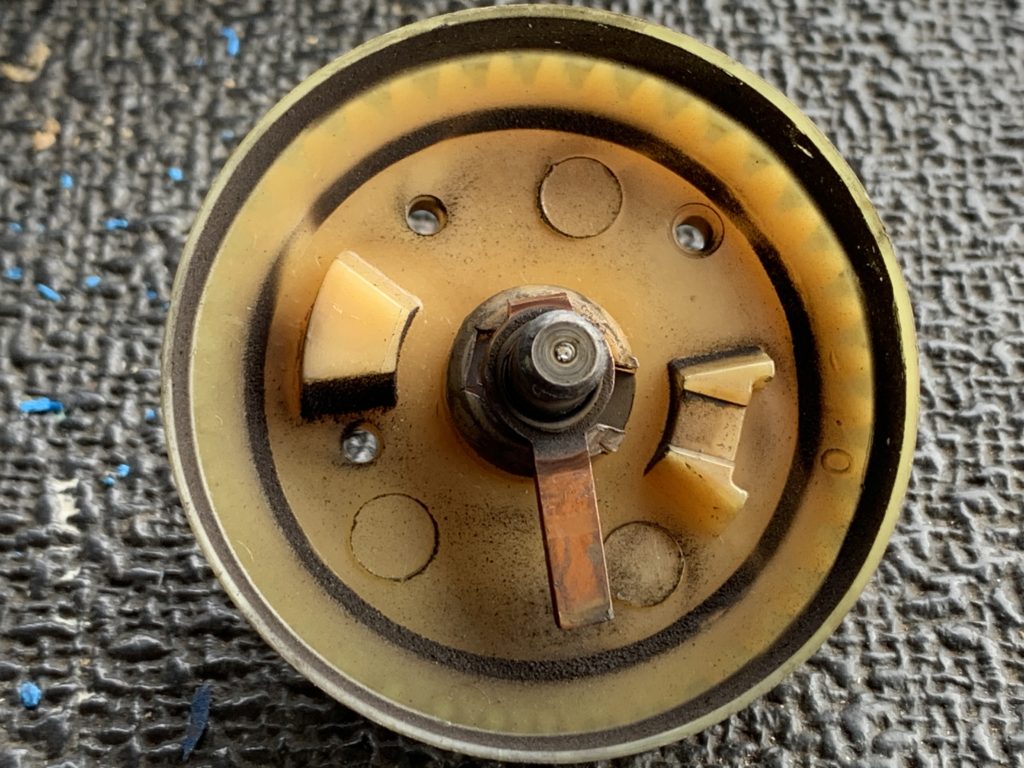
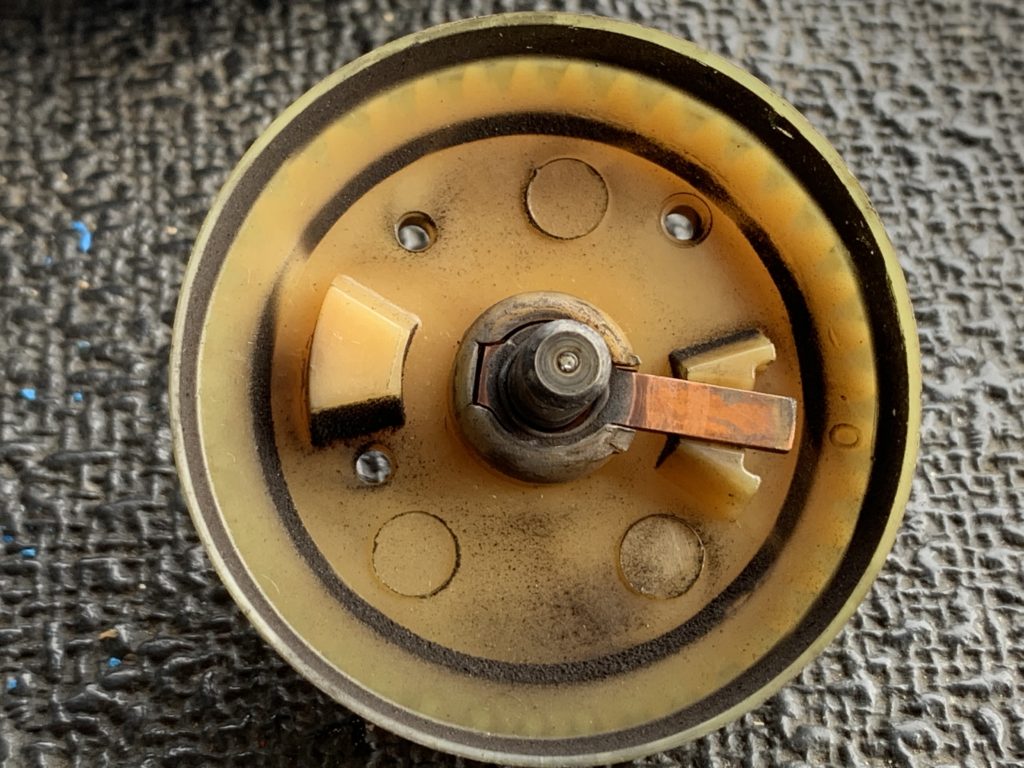
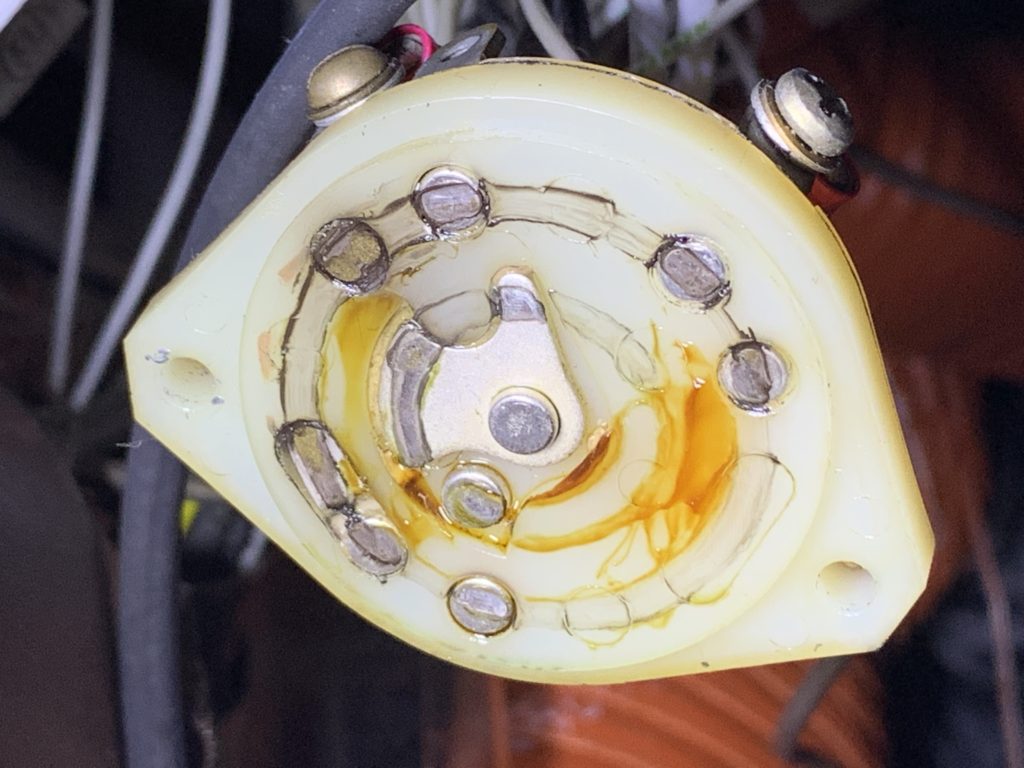
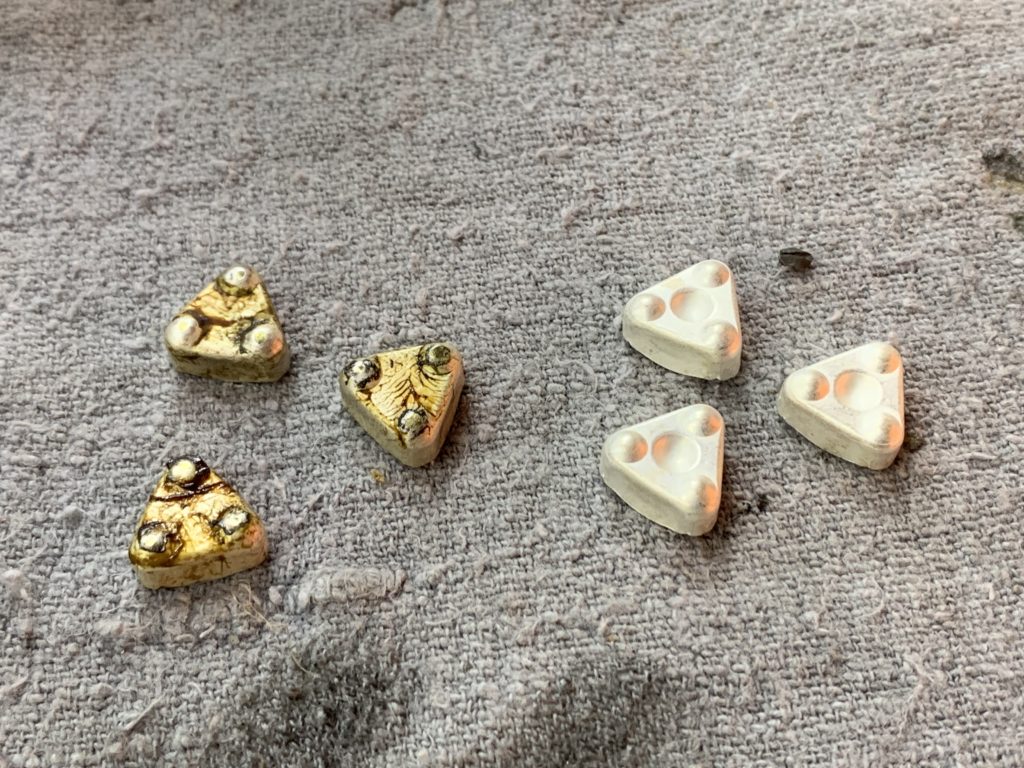
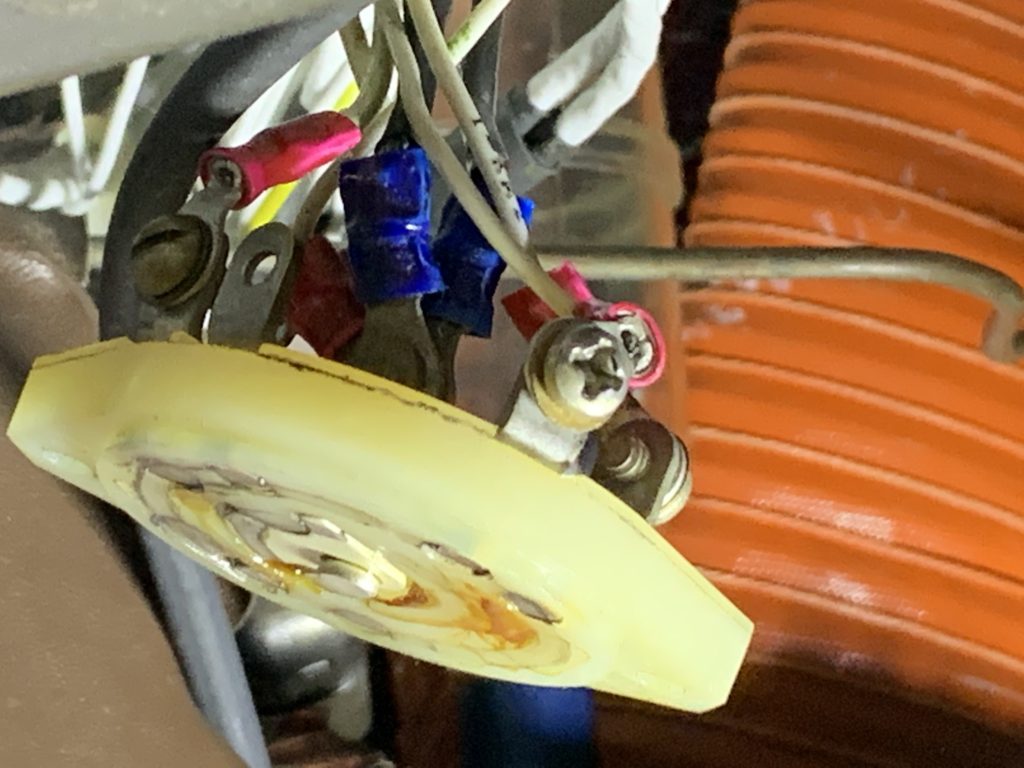


Recent Comments